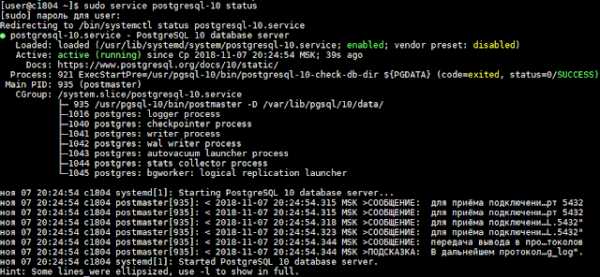

Remember that we’re installing PostgreSQL 13 on CentOS 7, and thus, we’ll need the RPM version of the repository. The next step is to download the appropriate PostgreSQL version from the official website. We prefer PuTTY because it’s open source and widely available. The first step is to access your virtual and bare-metal server with an SSH client of your choice. Here’re the steps of the installation process. Important: You need an account with admin privileges to install PostgreSQL on the CentOS server. However, if your project requirements require a different version, you can also choose an older version from the official PostgreSQL website. You need to use the official PostgreSQL repository to ensure you get the latest version. Now that you have a clear idea of the benefits of PostgreSQL, let’s install PostgreSQL 13 on CentOS 7 machine. Multiple authentication and access control options simplify the security aspects of the DBMS and the app.Full-text search is supported so that you can work with unstructured and semi-structured text data.Support for custom complex types that help you better structure the database for your particular dataset.



 0 kommentar(er)
0 kommentar(er)
